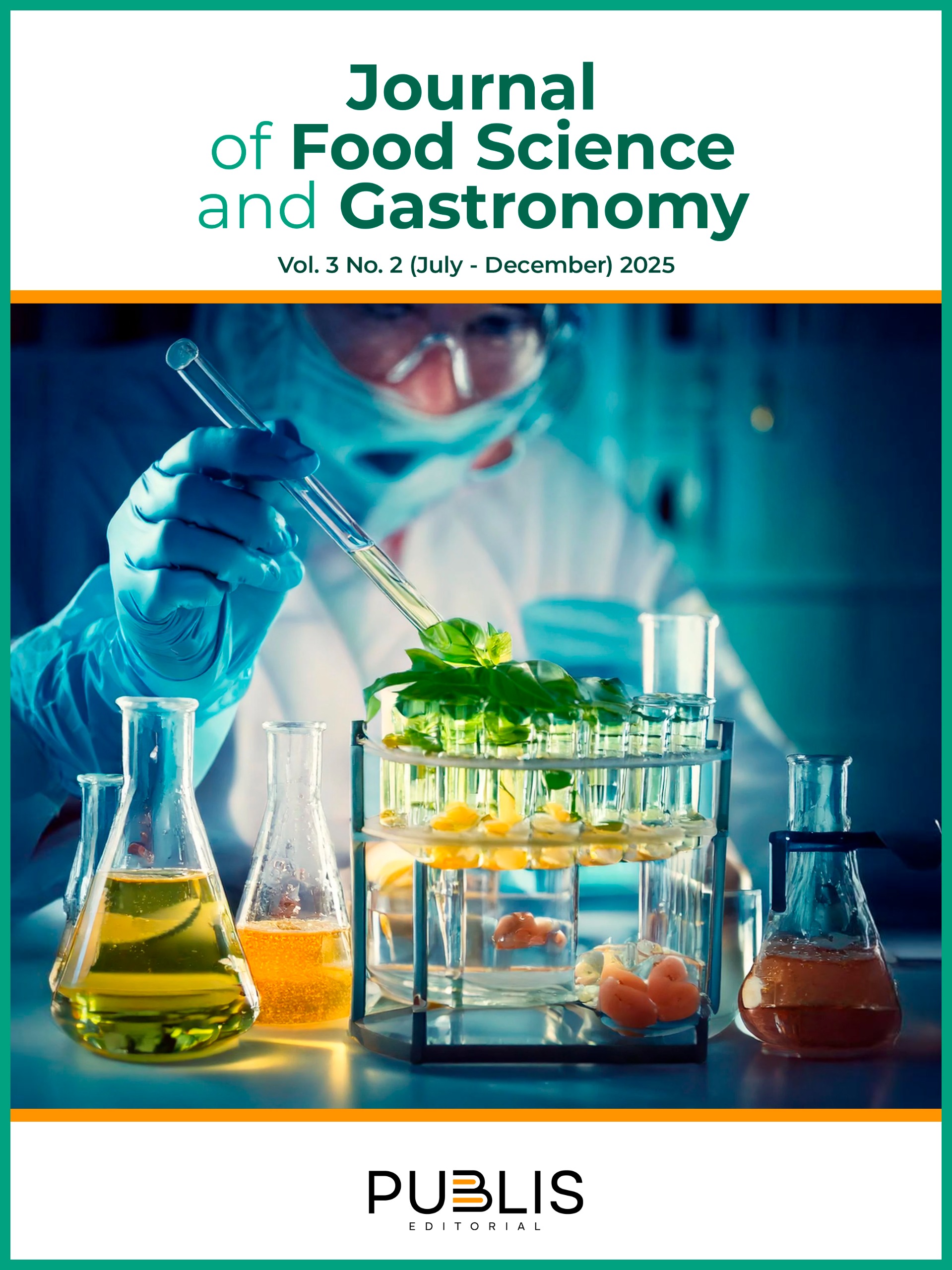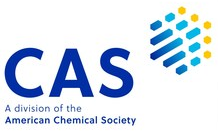Evaluación del proceso de pasteurización y su relación con los defectos de calidad en cerveza embotellada
DOI:
https://doi.org/10.5281/zenodo.16741117Palabras clave:
pasteurización, cerveza embotellada, unidades de pasteurización, estabilidad microbiológica, control de calidadResumen
Este estudio evaluó el proceso de pasteurización en la Cervecería “Guido Pérez” para identificar causas de devoluciones de cerveza embotellada por defectos de calidad. Se analizaron muestras defectuosas y se diseñó un experimento factorial 3² que combinó temperaturas de 55, 60 y 65 °C con tiempos de 20, 25 y 30 minutos. Se determinaron las unidades de pasteurización (UP) y se realizaron análisis microbiológicos y sensoriales durante 20 días de almacenamiento. Los resultados indicaron que el 41 % de las devoluciones se debieron a fallas en la pasteurización, asociadas a deficiencias operativas, mientras que el 59 % restante respondió a problemas físicos como residuos y suciedad en las botellas. Se estableció que 60 °C durante 25–30 minutos (25–30 UP) logra un equilibrio entre seguridad microbiológica y conservación sensorial, mientras que intensidades térmicas más bajas resultan ineficientes, y las más altas producen sobrepasteurización. Se concluyó que optimizar los parámetros térmicos y fortalecer la higiene del envase puede mejorar la calidad del producto y reducir pérdidas económicas.
Descargas
Referencias
Carvalho, G., Leite, A. C., Leal, R., & Pereira, R. (2023). The role of emergent processing technologies in beer production. Beverages, 9(1), 7. https://doi.org/10.3390/beverages9010007
Ciont, C., Epuran, A., Kerezsi, A. D., Coldea, T. E., Mudura, E., Pasqualone, A., Zhao, H., Suharoschi, R., Vriesekoop, F., & Pop, O. L. (2022). Beer safety: New challenges and future trends within craft and large-scale production. Foods, 11(17), 2693. https://doi.org/10.3390/foods11172693
Di Domenico, M., Feola, A., Ambrosio, P., Pinto, F., Galasso, G., Zarrelli, A., Di Fabio, G., Porcelli, M., Scacco, S., Inchingolo, F., Quagliuolo, L., Ballini, A., & Boccellino, M. (2020). Antioxidant effect of beer polyphenols and their bioavailability in dental-derived stem cells (D-dSCs) and human intestinal epithelial lines (Caco-2) cells. Stem Cells International, 2020, 8835813. https://doi.org/10.1155/2020/8835813
Ding, J., Hou, X., Li, J., Zhao, X., & Hu, S. (2025). The effects of pasteurization and beer type on the functional compounds and flavor substances in beer. Beverages, 11(3), 63. https://doi.org/10.3390/beverages11030063
Garavaglia, C., & Swinnen, J. (2017). Economic perspectives on craft beer: A revolution in the global beer industry. Palgrave Macmillan. https://doi.org/10.1007/978-3-319-58235-1
Hornsey, I. S. (2003). A history of beer and brewing. Royal Society of Chemistry. https://doi.org/10.1039/9781847550026
ISO 21527-1. (2008). Microbiology of food and animal feeding stuffs — Horizontal method for the enumeration of yeasts and moulds. Part 1: Colony count technique in products with water activity greater than 0.95.
ISO 4833-1. (2013). Microbiology of the food chain — Horizontal method for the enumeration of microorganisms. Part 1: Colony count at 30 °C by the pour plate technique.
Junqi, D., Xianhui, Z., & Jianzhang, W. (2018). Experimental study on thermal hydraulic performance of plate-type heat exchanger applied in engine waste heat recovery. Arabian Journal for Science and Engineering, 43, 1153–1163. https://doi.org/10.1007/s13369-017-2765-y
Karabín, M., Hudcová, T., Jelínek, L., & Dostálek, P. (2016). Biologically active compounds from hops and prospects for their use. Comprehensive Reviews in Food Science and Food Safety, 15(3), 542–567. https://doi.org/10.1111/1541-4337.12201
Martínez-Moreno, F., Solís, I., & Igartua, E. (2024). Barley history and breeding in Spain. Agriculture, 14(10), 1674. https://doi.org/10.3390/agriculture14101674
Milani, E. A., & Silva, F. V. M. (2022). Pasteurization of beer by non-thermal technologies. Frontiers in Food Science and Technology. https://doi.org/10.3389/frfst.2021.798676
Nelson, M. (2005). The barbarian’s beverage: A history of beer in ancient Europe. Routledge.
Rothe, J., Fischer, R., Cotterchio, C., Gastl, M., & Becker, T. (2023). Analytical determination of antioxidant capacity of hop-derived compounds in beer using specific rapid assays (ORAC, FRAP) and ESR-spectroscopy. European Food Research and Technology, 249, 81–93. https://doi.org/10.1007/s00217-022-04135-3
Szpicer, A., Bińkowska, W., Stelmasiak, A., Zalewska, M., Wojtasik-Kalinowska, I., Piwowarski, K., Piepiórka-Stepuk, J., & Półtorak, A. (2025). Computational fluid dynamics simulation of thermal processes in food technology and their applications in the food industry. Applied Sciences, 15(1), 424. https://doi.org/10.3390/app15010424
Tan, Z., Gong, X., Zhang, J., Shi, S., Liu, C., Wang, Y., … Meng, L. (2024). Strategies for detection and control of microorganisms contamination in fermented foods: A review. CyTA - Journal of Food, 22(1). https://doi.org/10.1080/19476337.2024.2401031
Yin, H., Deng, Y., He, Y., Dong, J., & Lu, J. (2017). A preliminary study of the quality attributes of a cloudy wheat beer treated by flash pasteurization. Journal in Brewing Science, 123(3), 366–372. https://doi.org/10.1002/jib.429
Zugravu, C. A., Medar, C., Manolescu, L. S. C., & Constantin, C. (2023). Beer and microbiota: Pathways for a positive and healthy interaction. Nutrients, 15(4), 844. https://doi.org/10.3390/nu15040844.
Publicado
Declaración de disponibilidad de datos
Los conjuntos de datos utilizados y/o analizados durante el presente estudio están disponibles del autor correspondiente previa solicitud razonable.
Número
Sección
Licencia
Derechos de autor 2025 Osmaida Vinajera, Belquis I. González (Author)

Esta obra está bajo una licencia internacional Creative Commons Atribución-NoComercial-CompartirIgual 4.0.










































